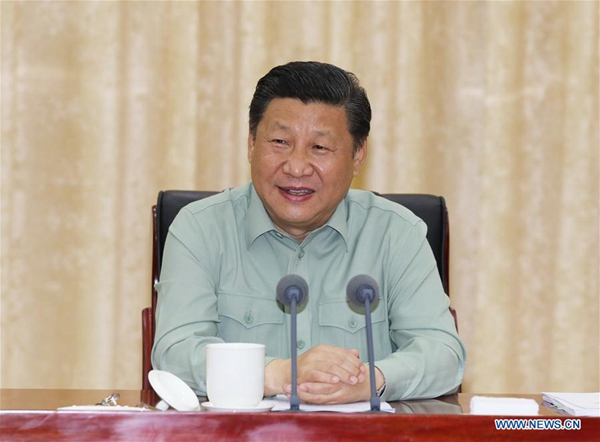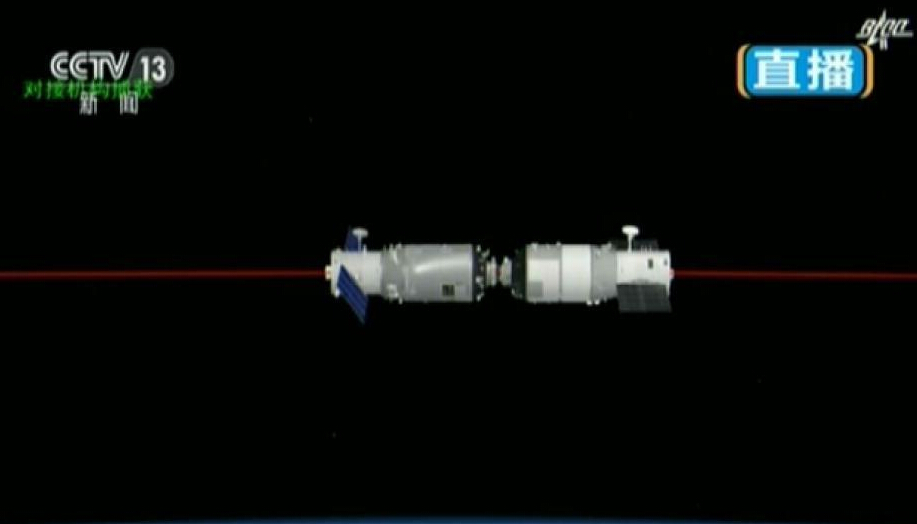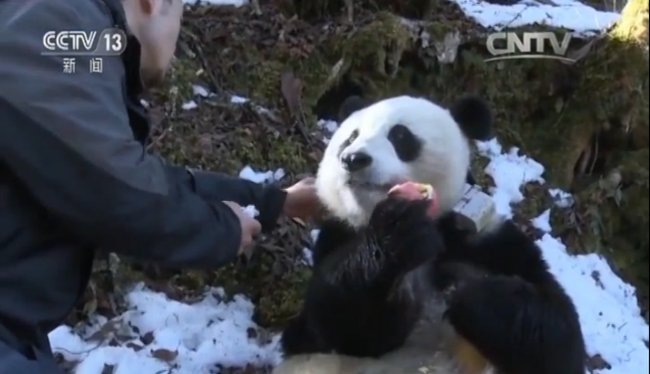Xi inspects PLA Southern Theater Command, vows to build strong army
|
Chinese President Xi Jinping, who is also general secretary of the Communist Party of China (CPC) Central Committee and chairman of the Central Military Commission (CMC), speaks at a meeting during an inspection of the Southern Theater Command of the People’s Liberation Army (PLA), April 21, 2017. (Xinhua/Li Gang) |
Chinese President Xi Jinping inspected the Southern Theater Command of the People’s Liberation Army (PLA) on Friday and stressed building a strong army.
Xi, who is also general secretary of the Communist Party of China (CPC) Central Committee and chairman of the Central Military Commission (CMC), urged all military personnel to resolutely safeguard the authority of CPC Central Committee and unswervingly follow the Party’s leadership.
He asked all military personnel to greet the 19th CPC National Congress scheduled for later this year with outstanding achievements.
Noting that 2017 is of great significance for the Party and the country, Xi urged the PLA to strengthen ideological building, combat preparation and reform implementation.
Xi urged PLA officers to eliminate the impact of Guo Boxiong and Xu Caihou, two corrupt former CMC vice chairmen, and strictly observe political discipline and rules.
“It must be ensured that the PLA resolutely follows the command of the CPC Central Committee and the CMC at any time, in any circumstances,” Xi said.
A campaign, which focuses on the study of the Party Constitution and rules, as well as the speeches by Xi, and calls for being qualified Party members, is required to be further launched in the army.
He vowed to fight corruption and enhance the “sense of gain” among officers and soldiers.
Xi asked military personnel to strengthen their awareness in preparing for war, closely follow changes of situations and make unremitting efforts to enhance combat capabilities.
Xi required an accelerated building of the theater joint combat command system, vigorous development of a new-type fighting force and simultaneous improvement of national defense strength and economic development.
He asked for stronger military management, while caring for and loving officers and soldiers and ensuring the stability of troops.


